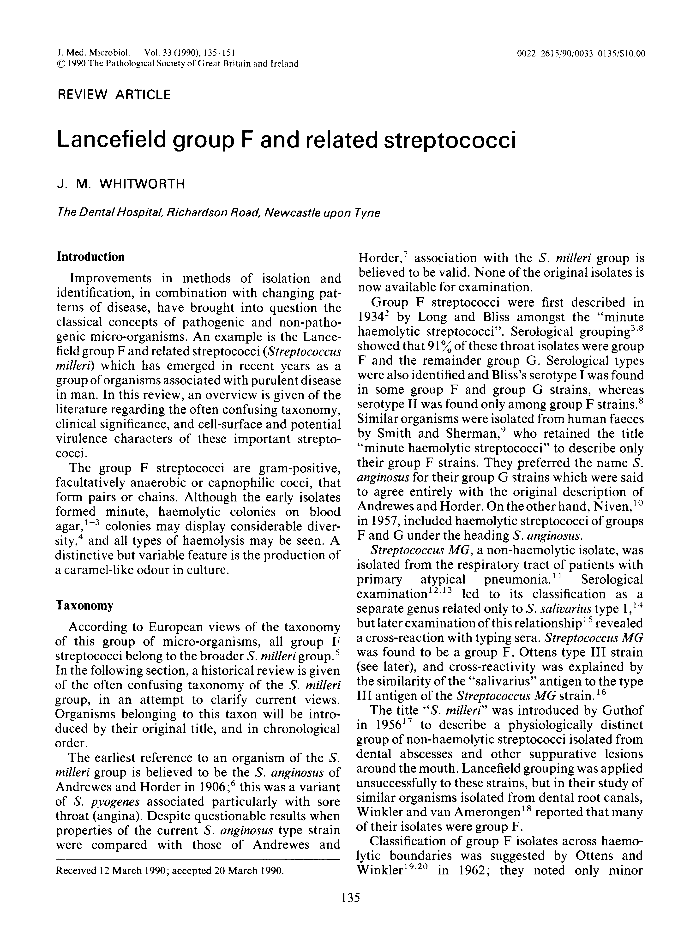
Full text loading...

Lancefield group F and related streptococci, Page 1 of 1
< Previous page | Next page > /docserver/preview/fulltext/jmm/33/3/medmicro-33-3-135-1.gif
There is no abstract available.

Article metrics loading...

Full text loading...
References


Data & Media loading...
